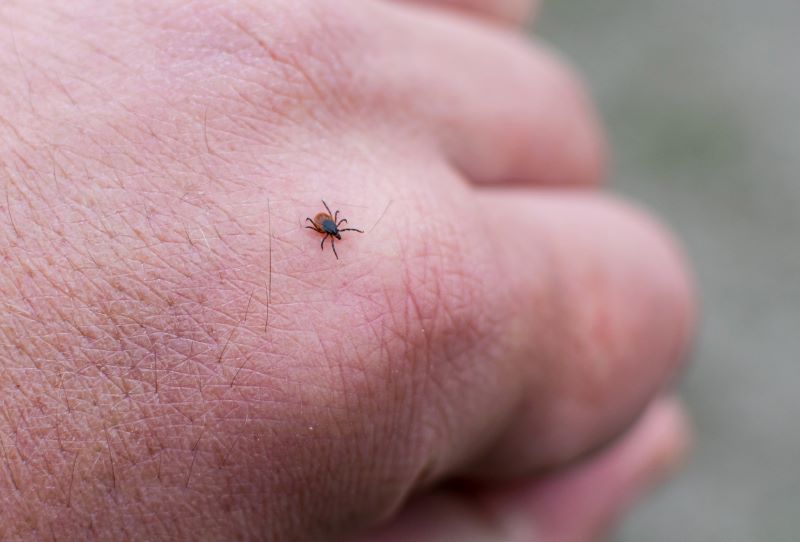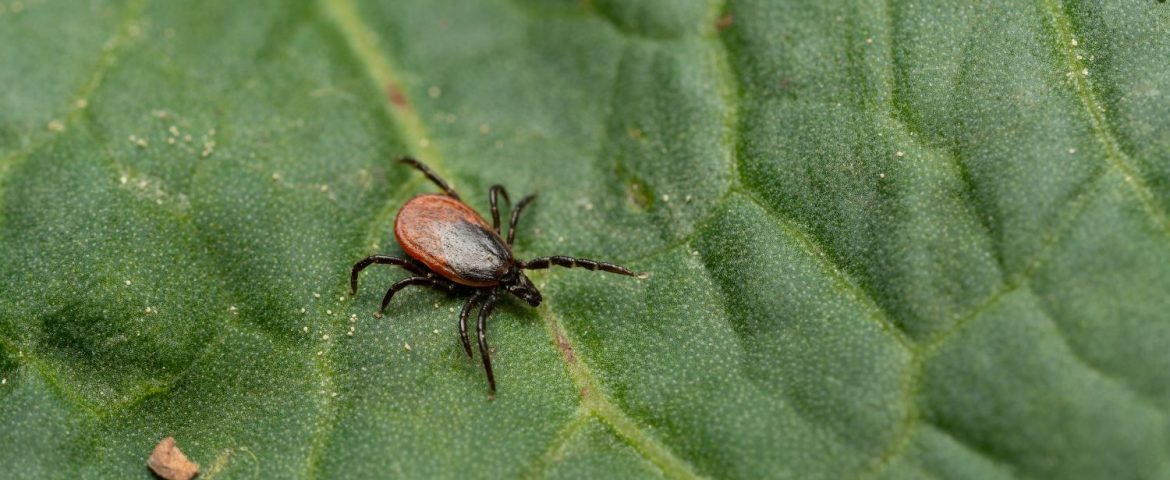Picture a sunny day in the great outdoors—birds chirping, leaves rustling, and you, blissfully unaware of the eight-legged parasites lurking nearby. Ticks, those tiny, stealthy hitchhikers, can turn a pleasant hike into a health concern in a hurry. So pull up your socks and lace up your hiking shoes tight, as we trek into thick, tick terrain to teach you how to stay safe and tick-free.

What are ticks?
Ticks are parasites that feed on the blood of other animals including dogs, cats and humans. They’re found in woods, tall grass and forest edges where they wait patiently for unsuspecting hosts to pass by so they can hop on clothing, skin or hair. With their rounded bodies and eight legs, ticks vary in size, from just a few millimeters to about five or six millimeters when fully engorged. But don’t let their size fool you—ticks can pack a punch. Here are the main health risks like Lyme Disease and Rocky Mountain Spotted Fever.
Lyme Disease risk
Lyme Disease, which is transmitted by deer ticks, is the illness most associated with ticks. Symptoms of Lyme Disease include fever, fatigue and joint pain. While it sounds flu-like, it can be a big health barrier if not diagnosed and treated early.
Rocky Mountain Spotted Fever risk
While Rocky Mountain Spotted Fever may sound like a vacation destination, it’s not. This tick-borne illness causes several symptoms such as fever, headache, and a rash. Like Lyme Disease, Rocky Mountain Spotted Fever can have lasting medical effects if not treated early.

How do I protect myself from ticks?
Dress the Part. When it comes to outdoor attire like hiking gear, fashion often meets function. Wear long sleeves, pants, and closed-toe shoes on the trail. If you find yourself in tall grass, remember to tuck your pants into your socks—yes, it’s not the most fashionable, but it’s effective in keeping these parasites off your body.
Choose a repellent. The CDC recommends using EPA-registered repellents that contain DEET, picaridin, Oil of Lemon Eucalyptus and several others. Speaking of the EPA, they have a helpful tool to find the right insect repellent for you based on ingredients and other criteria.
Be trail smart. To avoid tick encounters, it’s best to stick to the center of the trail. Ticks love hiding in tall grass that often grow on either side of the trail. They also enjoy wooded areas and leaf piles.

What do I do if I get bit by a tick?
If you find a tick on you, grab a pair of sanitized tweezers, and gently pull the tick upward until the entire parasite is removed. It sounds tricky, but the CDC has step-by-step directions that make it sound easy. If you feel off-kilter after a tick bite, contact your primary care provider. If you’re uneasy or unsure of any needed tick treatment, virtual care is also a great option to get care after your tick encounter. Check your health plan for any virtual care benefits available to you.


